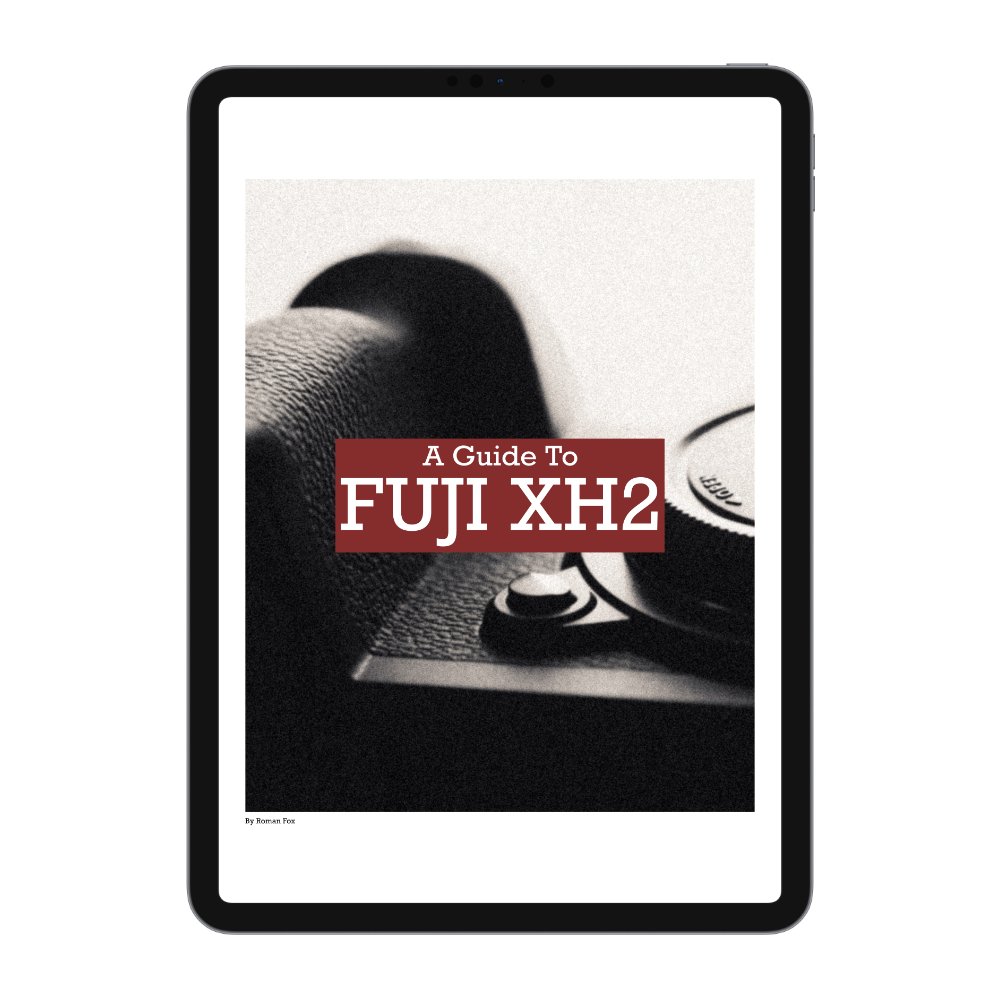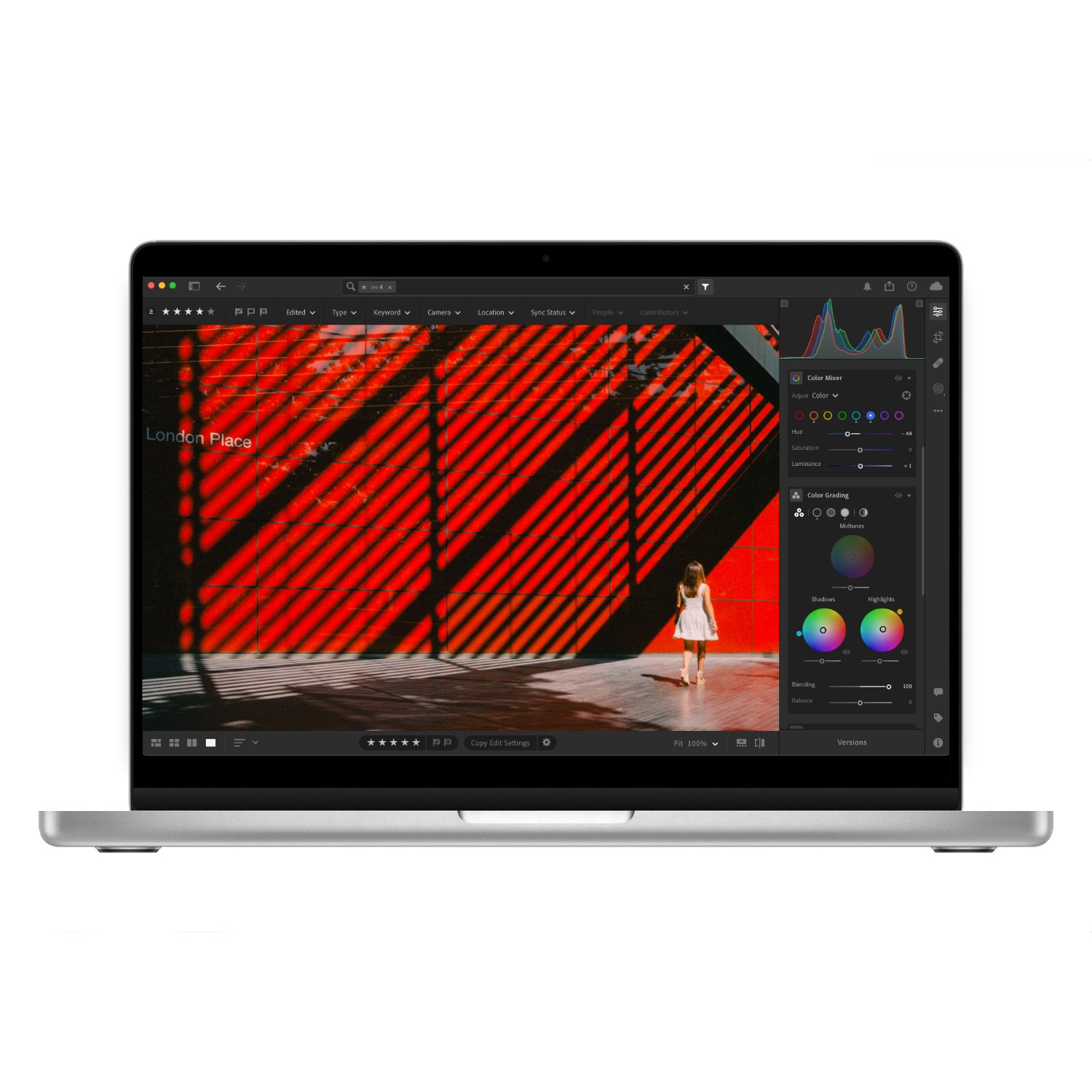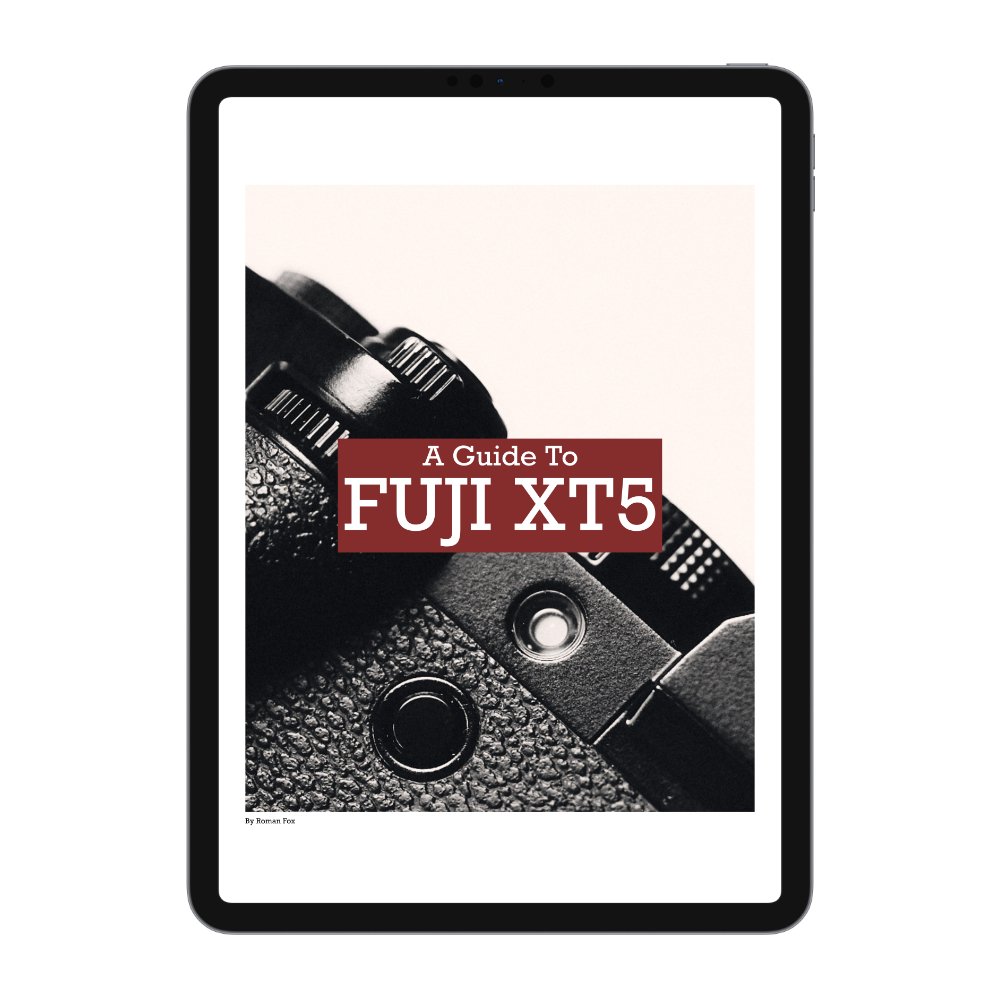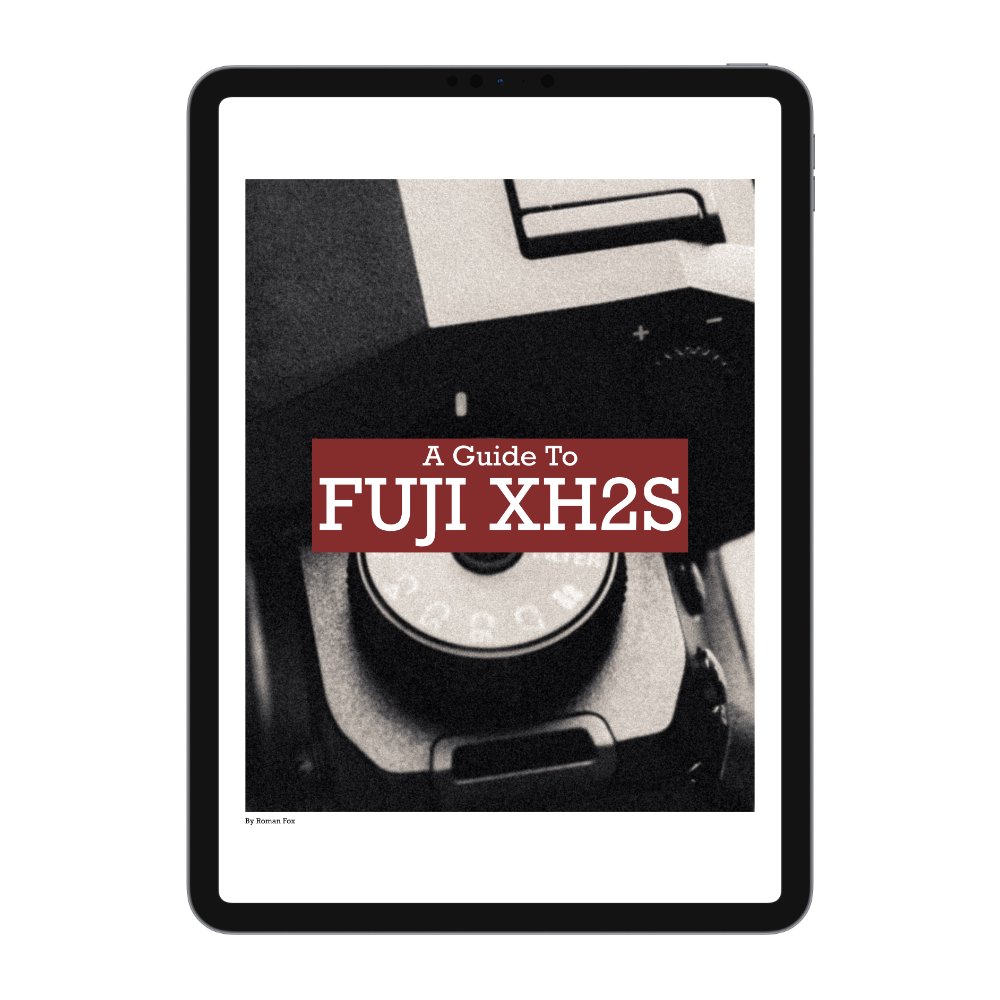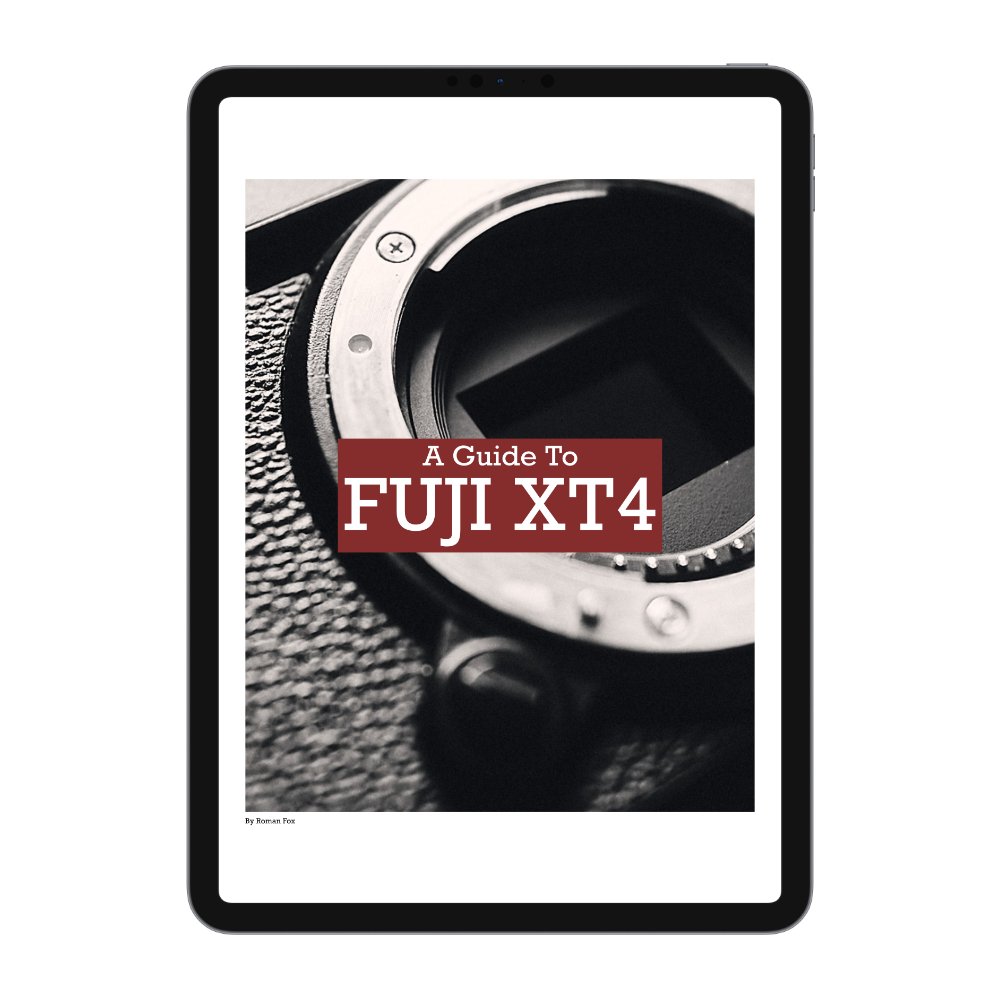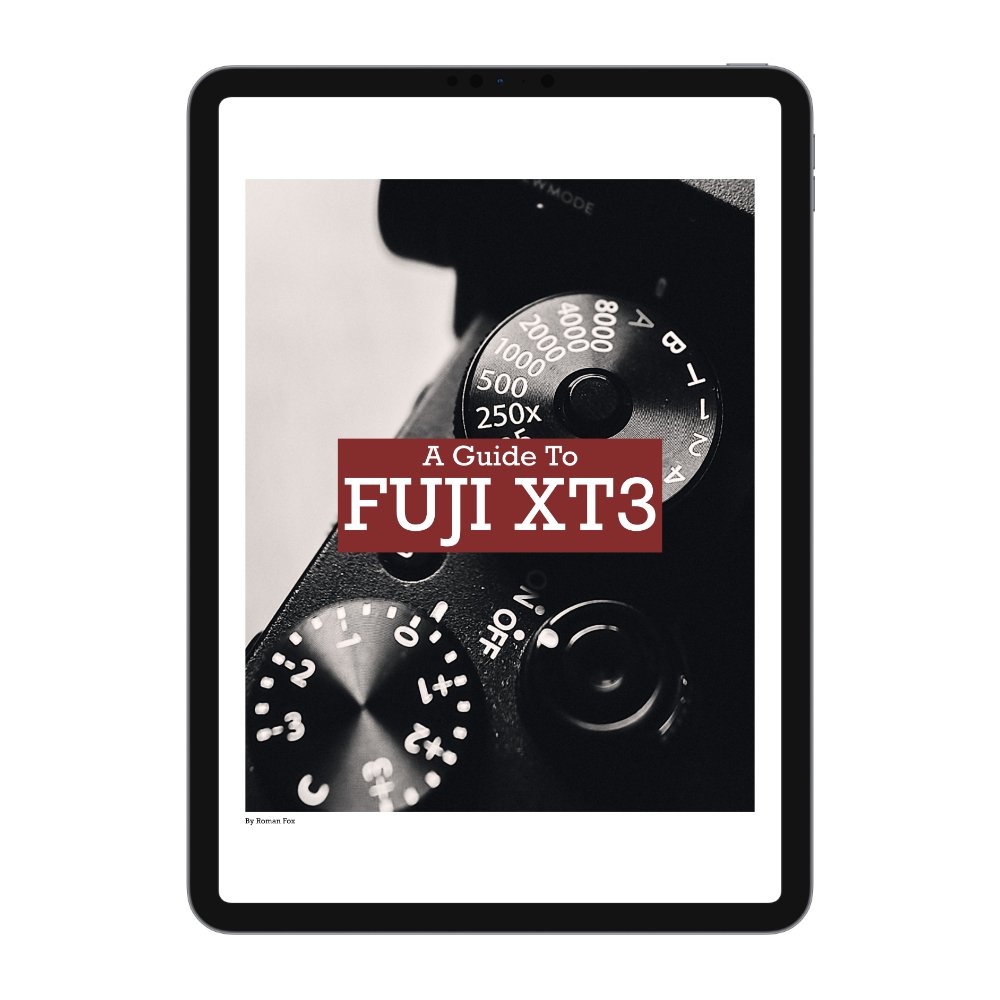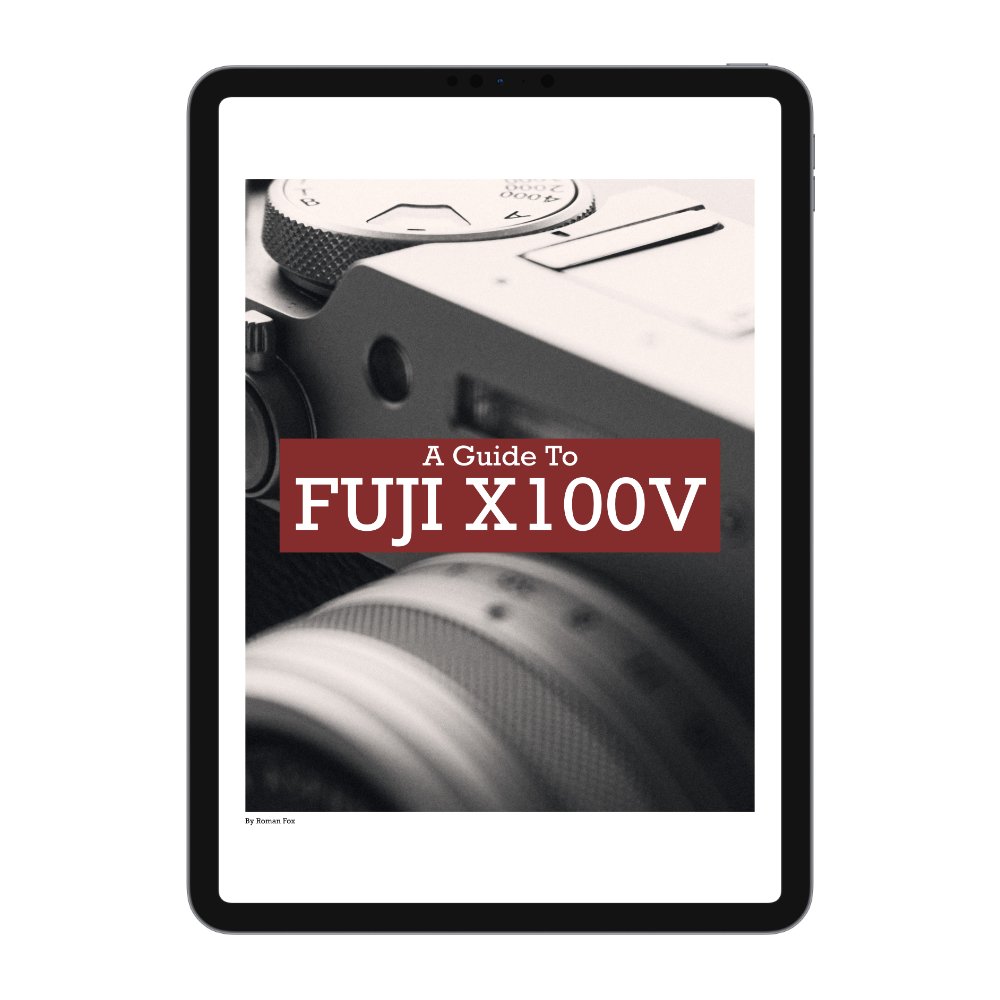Fujifilm XH2 - 1 Year Update (Long Term Review)
It’s been a year since I purchased and began using the Fujifilm X-H2. In this blog, I will provide a long-term review and update on my experience with this camera. Throughout this post, I will be referencing the X-H2S, as that camera is twice as old and has seen 100 times more use. Given that the X-H2 and X-H2S are mostly identical (excluding the sensor), all my comments carry over between the two.
Disclaimers
Before proceeding, I’d like to make a few disclaimers to ensure we’re on the same page. I purchased this camera with my own money at full retail price, at the same time as everyone else. I have no relationship with Fujifilm, and they’ve had no input into this or any other review. I am a travel photographer, primarily focused on street and city photography. I don’t shoot sports, wildlife, weddings, events, or anything that typically pushes cameras to their limits. I don’t baby my equipment, and this camera has been used in heavy rain, extreme hot/cold weather, and dusty/sandy environments. Lastly, I’m not a technical gear reviewer—I’m a photographer. Therefore, this review is based on real-world usage, not controlled experiments of every feature and setting.
Build Quality
I own the X-H2, X-T5, and a Limited Edition X100VI. I also have an X-H2S as my main workhorse, which has been heavily used for over two years. I can categorically say that the X-H2 has the best build quality and feels the most robust. It feels like a workhorse and seems capable of taking a fair amount of abuse. All the doors, dials, and hinges operate as they should. The screen is free of any looseness and still looks as good as new. While the body does scratch, it doesn’t do so nearly as easily as the X-T5 or X100 cameras. The grip remains solid with no signs of wear, the top dial feels like new, and the buttons still feel normal. Please note that the build quality between the X-H2 and X-H2S is identical.
Reliability
The X-H2 has been 100% reliable, with no issues. Occasionally, the camera may freeze, requiring a battery reset to fix, but this only happens once every few weeks, even with frequent use. I’ve had no problems with dirt, sand, or water ingress.
Buttons & Dials
Initially, I wasn’t sure about this setup because I always loved the traditional Fujifilm top dials. However, not only have I grown to love this approach, but it’s also the most efficient way to operate the camera when switching between custom modes and transitioning from photo to video. The seven custom modes provide ample space to store specific camera settings for different scenarios. For example, I have one mode for wide continuous autofocus and multi-metering, while another mode is set for single-point focus and spot metering. I can now switch from exposing for the entire scene to exposing for highlights in a second. I can also assign video settings to these dials, meaning I can go from shooting photos to filming video instantly. It may take some time to fully understand and configure everything, but once you do, it’s hard to go back. Finally, the top display has been incredibly useful, especially for shooting at hip level.
Ergonomics
This is a chunky camera, which some may see as a positive and others as a negative. The grip is large, the spacing between buttons is generous, and it can be operated one-handed. If you have large hands or perhaps weaker grip strength, I would recommend this body. Also, if you tend to use larger lenses, they’ll feel much more comfortable on the X-H than on a smaller system. Specifically, the new f/1.4 primes feel perfect on the X-H. The zoom lenses are also well balanced, and even the largest lenses, like the 50-140mm f/2.8, are comfortable enough to use. Initially, I found this camera too bulky, but over time, I grew to love the ergonomics. Now, a smaller camera like the XT or X100 feels slightly cramped.
X-H2 User Guide
If you have an X-H2 or are considering getting one, may I suggest picking up my X-H2 User Guide. This booklet is designed to save you time and get your camera set up and ready to shoot as quickly as possible. By purchasing this guide, you’re also supporting me and helping to keep the blog ad-free. Thank you!
Image Quality
The image quality is excellent, but that can be said for all Fujifilm cameras from the last five years. The 40MP files offer more cropping flexibility while still maintaining decent noise performance. The camera provides a wide range of JPEG settings to explore, and I’ve shared a blog on those here. There’s not much more to say, so here are some of my favourite photos taken with the X-H2.
Autofocus
Autofocus has been a somewhat contentious issue within the Fujifilm community. A few months ago, a significant update introduced touch-track focus for video, but since then, there have been thousands of complaints that the system has worsened overall. In my experience, the camera works best with Fuji’s premium lenses featuring Linear Motors (LM). When paired with older lenses or those with less advanced focus systems, the camera seems to struggle more in both photo and video modes. On the X-H2 specifically, the drop in autofocus performance for photography isn’t as noticeable as it is for video. During video recording, hunting occurs more frequently when using face tracking or continuous autofocus with a box. For my type of video work, the reduction in performance has been noticeable, but it’s not enough to make the system unusable or a major inconvenience. Fortunately, Fujifilm has acknowledged the issue and promised a firmware fix.
Performance
The IBIS is a significant improvement over the X-H1 system, making it genuinely usable now. Battery life is great and easily lasts a full day for photography. However, if you’re primarily shooting video, I’d recommend carrying a spare or two. The screen can be a bit awkward for photography, but it’s ideal for those who want to record or photograph themselves. The viewfinder is large, bright, and of high quality. The inclusion of a CFexpress card slot makes the camera incredibly fast, with almost no buffering time. You can take a burst of shots and switch to video within seconds. This is one of the main reasons I love this camera—it makes hybrid shooting seamless. However, unlike the X-H2S, the X-H2 suffers from noticeable rolling shutter, which is quite evident. If you plan to shoot a lot of fast-paced movement, you may find the rolling shutter excessive. If you mainly shoot interviews, headshots, still life, or anything with minimal movement, the X-H2 will be more than adequate.
Summary
This is a somewhat unusual camera to recommend. On one hand, if you want the fastest speed and best video performance, the X-H2S is a more compelling option. If you prefer a photo-first camera with higher resolution, the X-T5 offers the same sensor in a smaller (and slightly cheaper) package. The X-H2 is ideal for photographers who want a larger body, perhaps transitioning from a DSLR or full-frame system, or for those with bigger hands that suit the X-H2’s ergonomics. This camera is also perfect for those who will be using it heavily and need the best, most robust build quality. If you plan on using larger lenses, you may find this body more comfortable. The CFexpress card allows for near-instant write speeds, making it ideal for those shooting bursts—such as at weddings or events. Lastly, the X-H2 offers more video options than any other camera with the same sensor, including ProRes, 8K, no crop, and more. Given that the X-H2 isn’t much more expensive than the X-T5, I’d say it’s the best value-for-money camera—if you can manage the larger size.













